This post is not sponsored, but does contain affiliate links. This means I may earn a small commission when you shop through my links, at no extra cost to you. To learn more, hop over to our Disclosure page. Thank you for your continued support!
how to plan a vacation
how to plan a vacation
Trip planning is… a lot.
When I was a kid and my parents did all the trip planning, I thought planning a vacation contained two important steps. Step 1: Book Flight. And Step 2: Pack Suitcase. Ahh, the naivety.
Since then, I have planned enough trips, (and gotten enough things wrong,) to know that planning the perfect vacation is a system. With so many things to think about, (and being a planner at heart,) I take comfort in having a tried-and-true formula that guides me through the planning process. With this system, I can enjoy the trip itself and the planning process knowing that I left no stone unturned and no chargers unpacked.
Has it been so long that you've forgotten how to plan a vacation? Let this refresh your memory. (And maybe give you some new ideas!) Share on X
Editor’s note: This is a recurring post— it is regularly updated with new information & products!
Table Of Contents
ANCHOR
Just The Highlights
In a hurry? Here’s the quick version highlighting the 10 steps you need to do in order to plan a perfect vacation!
Think about where you can be flexible and where you are firm. | Being flexible in some aspects of your trip will help you get the best deals and may even open you up to experiences you might not otherwise have. Between Destination, Travel Dates & Times, Accommodations, Modes of Transportation, and Activities & Meals, where are you willing to be flexible? // More on this →
Research and Pre-Planning | Figure out your budget by searching for average prices for your destination, including flights, accommodations, food, and attractions. Also look into entry requirements for your destination and brainstorm activities you might enjoy. // More on this →
Book Flights | Do this first thing if you are firm with your Travel Dates & Times, and let everything else fall into place around it. This is my preferred method, as it’s usually my timeline that is non-negotiable, while other aspects are more flexible. // More on this →
Create a Preliminary Itinerary | Plot the locations of your chosen activities on a map and group them by proximity. Figure out ground transportation between the activity locations, as well as to and from the airport. // More on this →
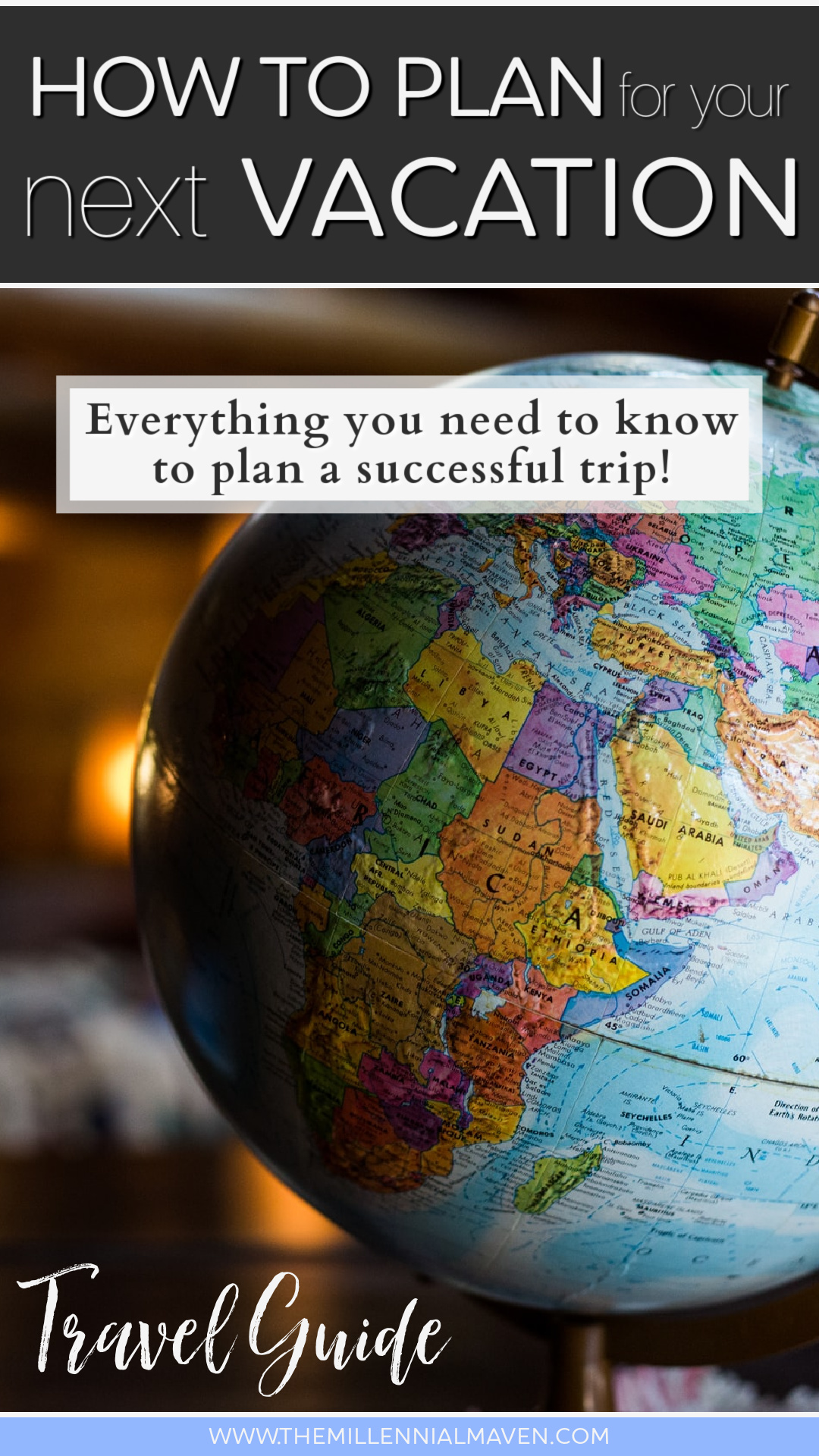
Book Accommodations | Select a hotel, hostel, or AirBnb that is in close proximity to either the bulk of your activities, or the airport. Be sure it’s located in a safe neighborhood, too! // More on this →
Book Activities & Finalize Itinerary | Purchase tickets for attractions and book restaurant reservations that you absolutely cannot miss. Add these into your itinerary as Set-In-Stone and fill in the rest of the time around them. // More on this →
Learn About The Culture | Familiarize yourself with your destination’s cultural norms, including how the locals dress and how they conduct themselves, what sort of cuisine you can expect, how to use the local currency, and a few key phrases in the local language. // More on this →
Planning Your Packing List | Consider the weather and what sorts of activities you’ll be doing when you’re planning what you will pack. Get a detailed list started early so you have plenty of time to shop for missing items if necessary. // More on this →
Plan Logistics & Money | Now is the time to sort out your cell phone plan for calling, texting, and data usage, as well as securing a VPN. Also consider the best credit cards to use during your trip, where you will acquire cash and exchange currency, necessary vaccinations, and your health insurance and travel insurance. // More on this →
Plan the Weeks Surrounding Your Trip | List all of your pre-travel tasks to avoid feeling frazzled in the days leading up to departure. Also, make a plan for when you return, which can include what you will have for dinner that evening, ensuring that work clothes are washed and ready to go, etc. All of this will help to avoid overwhelm so you can enjoy your travels to the fullest. // More on this →
ANCHOR
Finding Your Flexibility
Decide which aspects of your trip are flexible and which aspects are firmly non-negotiable. Maybe you are firm on your destination, but the dates are flexible. Or visa versa. Try to be somewhat flexible with at least one or two of the following in order to get the best deals (if that matters to you,) and to avoid frustrations during the trip planning process because of too high expectations. Remember, planning is part of the fun!
Which of these trip aspects can you be flexible with? Consider Destination, Travel Dates & Times, Accommodations, Modes of Transportation, or Activities & Meals.
In my case, I am often firm with my travel dates & times because I have a set timeframe in which to travel. This leads me to seek out different destinations to find one that fits best into my schedule. If it’s my destination that is non-negotiable, then I’ll be more flexible with my travel times and accommodations.
ANCHOR
Research & Pre-Planning
Plan Your Budget
You can do this either before or after making a final decision about your destination and activities, depending on how important it is. Not that money is ever not important, but ask yourself, are you willing to spend a certain amount only, or are you willing and able to spend more or less money depending on where you’re going? With that in mind, research general prices for your chosen destination so you know what kind of costs you’ll be facing and plan accordingly.
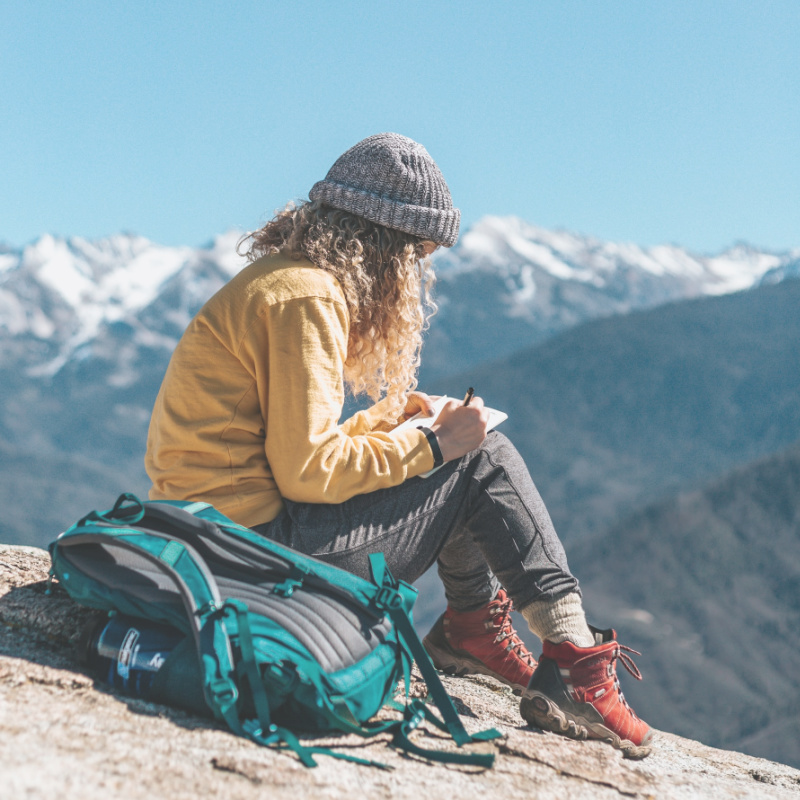
1. Cost of acceptable flights from your starting point to your destination. By acceptable, what I mean is to not note the price of the cheapest basic economy flight with 9 layovers that will take 63 hours to your final destination… if you’d never take that flight. Yes, I have done this in order to justify trips in the past and it has always come back to haunt me.
2. Cost of decent accommodations. Again, cost of a place you’d actually be willing to stay.
3. Cost of ground transportation – car rentals, taxis, ride-sharing, trains, busses, shuttles, etc.
4. Cost of major activities – self explanatory.
5. Cost of food – average cost of a takeout meal per person, prices at sit-down restaurants you plan on patronizing, and whether you plan on shopping at grocery stores and cooking.
6. Set a discretionary amount for souvenir purchases.
7. Add in an emergency fund.
Brainstorm Activities
Make a big wish list of any and all activities or attractions you think you might like to experience. Just get everything down in one place so you have plenty of options to choose from. I like to organize the activities into three categories of importance. I have the “Must See” category, the “Would Enjoy” category, and the “If Time Allows” category. Make sure you include others in your travel party in this process!
Country Entry Rules & Requirements
While your party is having fun making their activity wish list, you have a few important things to take care of. Find out all of the specific rules, regulations, and little quirks of the country you’re trying to enter. Find out:
- Is a visa required for entry? If you can enter with only your passport, how long are you allowed to stay?
- Any required (or recommended) vaccines specific to the country or region.
- Any prohibited items— make sure to check on legality of your prescription medications.
- Ensure that your passport has several blank pages, and will have at least 6 months validity from the date you are returning home, not your departure date.
ANCHOR
Booking Flights
Flights are one of the most expensive, and possibly most nerve-wracking parts of your trip. It is worth it to do the work to get it right. What is “right” might be different for different types of travelers. Personally, I really enjoy flying, so I like to make sure I select flights that will enhance my experience. I want it to feel like part of my vacation, and not just a necessary evil.
My Process for Booking Flights
Here are my flight-booking steps:
First, open browser tabs and go directly to a few preferred airlines’ websites. | I go for Hawaiian Airlines, Delta Airlines, and Southwest Airlines, to start. I enter my travel dates in each website and see what sort of flights are available. Write down your top flight pick from each airline, along with the price.
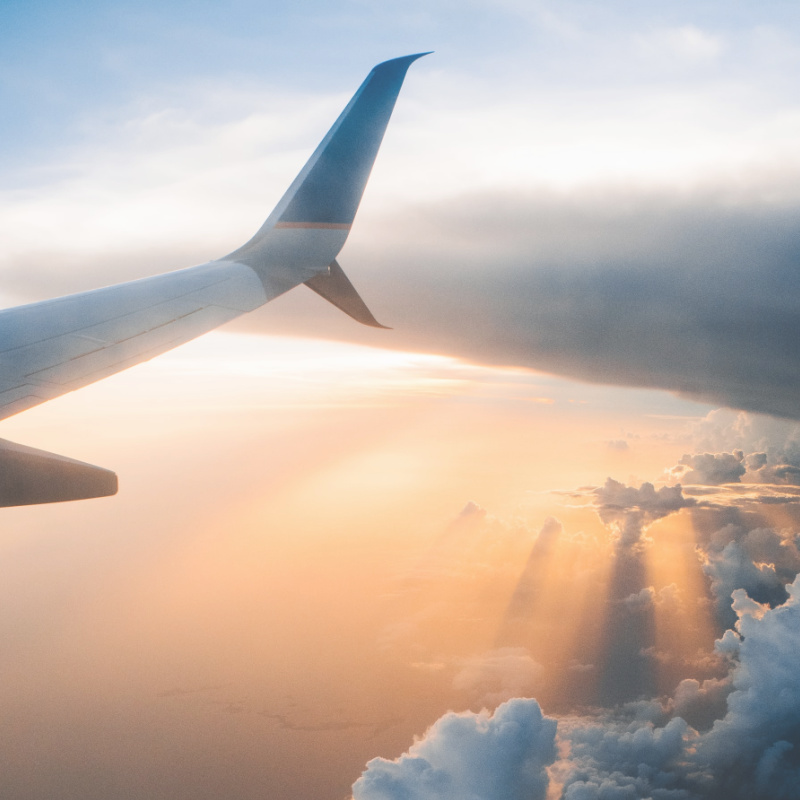
Second, open one more tab and head to your favorite travel search engine. | I like Booking.com because it is easy to navigate and consistently seems to have good prices and variety. Input your travel dates here and see what you come up with. This allows you to compare prices and flight times on airlines you might not otherwise prefer. Even if you don’t want to fly with these airlines, it’s always good to see what’s available. Who knows, maybe there will be great deal on a flight at an absolutely perfect time that you’re willing to set aside your usual airline loyalty for.
Third, I like to go back to my airlines of choice and check out the Flexible Dates option. | I know this isn’t possible for everybody, and oftentimes I am not able to compromise on dates either. However I still like to have a look, just in case something is worth changing plans for, whether that is an amazing price or better flight times or routes.
If price is not an issue, then you can go ahead and book your flight knowing that you explored your options without going overboard. | However, if you’re like me, a person who, A) cares very much about prices, and B) enjoys going overboard, then here’s the next step. Create a simple spreadsheet that lists your top three flight choices across the top (X), and a column for dates going down (Y). Each day, or every few days, check on the flight prices and note them in your spreadsheet. This way, you can see trends and you’ll know a low price when you see one.
Even if I haven’t yet formally booked my flight, I will still consider my flights set when moving on to the next steps. I can come back to complete the booking later.
ANCHOR
Creating An Itinerary
Plot Your Activities On A Map
Gather the addresses of all the attractions you want to visit and plot them on a map. You can do this digitally by dropping pins and saving them in Google Maps, or you can go old school and grab a paper map and push pins. (This idea makes cool wall art for later on if you’re into that sort of stuff.) This will help you visualize where each destination is in relation to one another, which is important for the next steps. Promise me you won’t skip this step! Doing it will make booking accommodations, figuring out ground transportation, and putting together your itinerary so much easier.
Figure Out Ground Transportation
Ground transportation is a highly overlooked aspect of travel, but it shouldn’t be. Trying to finagle your way around your destination is frustrating, time-consuming, and all around no fun. Find the answers to the following questions for your destination:
How will I travel from the airport to my accommodation, and then back to the airport with luggage in tow? | Check to see if your accommodation offers an airport shuttle for free or for a fee. Also, check out the public transportation options in the area and see if that would be an adventure you’d be willing to undertake. If neither of these are good options, consider a commercial shuttle (I recommend SuperShuttle) or perhaps utilizing a taxi or ride-sharing app. Of course, renting a vehicle is also an option, and we’ll talk more about that in a bit.
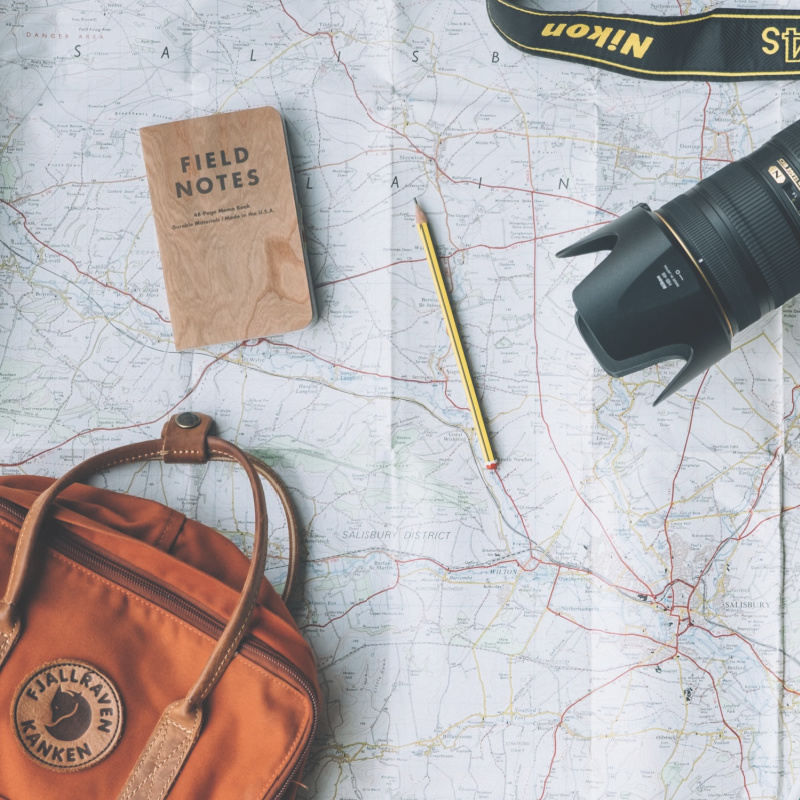
What is public transportation like in and around my destination? | I think regardless of if you are trying to save money, using public transportation when it is available is an awesome addition to your overall experience of a city. That is, only when said public transportation is safe and reliable. Do some research and decide early on if you want to primarily use public transportation or if you need to rule it out.
What are your estimated costs for primarily using taxis and ride-sharing apps? | If you have ruled out public transportation, then the next step is to budget how much it will cost to use Uber, Lyft, and taxis for multiple trips per day. I have linked the price estimator pages for Uber and Lyft for you to input your trips and add up the costs. (Don’t forget to consider tips!)
Finally, is it worthwhile to rent a car? | Renting a vehicle is always my last resort. It makes sense occasionally, but most of the time I feel like renting a vehicle is the most frustrating, inconvenient and expensive option. Between the cost of the rental, paying exorbitant parking fees, finding parking at all, coordinating pick-up and drop-offs, getting lost, dealing with traffic rather than enjoying the scenery, etc., etc,. I just hate it. However, sometimes you want to visit a locale outside the city where public transportation doesn’t reach. In these cases, consider renting a vehicle just for a day or two and then returning it, ideally on a day when you don’t have a flight to catch.
Compare the total expected cost from the above options to the expected cost of renting a vehicle. Look into the cost of the actual vehicle rental, parking fees at your accommodations, parking fees at attractions, street parking fees, and insurance if you don’t already have it. And while you’re at it, you might as well add in an aggravation surcharge for yourself. (Okay, now I’m just being unreasonable.)
Set Up An Itinerary Spreadsheet
Create a spreadsheet representing your trip. Enter the dates across the top (X), and the times of day from top to bottom (Y). I’ve built an Itinerary Builder in Notion that I can either duplicate and use as a template, or use for inspiration. Note: I haven’t used this Notion template recently for this step because it is not possible to drag individual cells around without disturbing the rest of the row. Instead, I use Apple Numbers (you could use Excel or Google Sheets, too,) for the planning stages that require lots of editing. But I’ll circle back to the Notion template later.
I like to lay out my days two hour increments. This helps me to avoid over-scheduling. From here, enter in your flight times to frame your trip, and then begin arranging your activities by grouping them on days when it makes sense. This is where having the locations visually plotted on a map make things so much simpler. There’s no need to be super precise or overthink it at this point— it’s just a rough draft.
ANCHOR
Booking Accommodations
The first step for booking perfect accommodations is deciding what sort of place you want to stay in. There are traditional hotels, AirBnB’s, hostels, capsule hotels, bed and breakfasts, cruise ships, etc. Side note: It may seem odd to think of a cruise ship as an accommodation, but it is something to consider depending on your destination. For example, while pre-planning a trip to Alaska, I realized that a cruise ship would be one of the more efficient ways to see the area. Even if you weren’t thinking about a cruise before, maybe you are now.
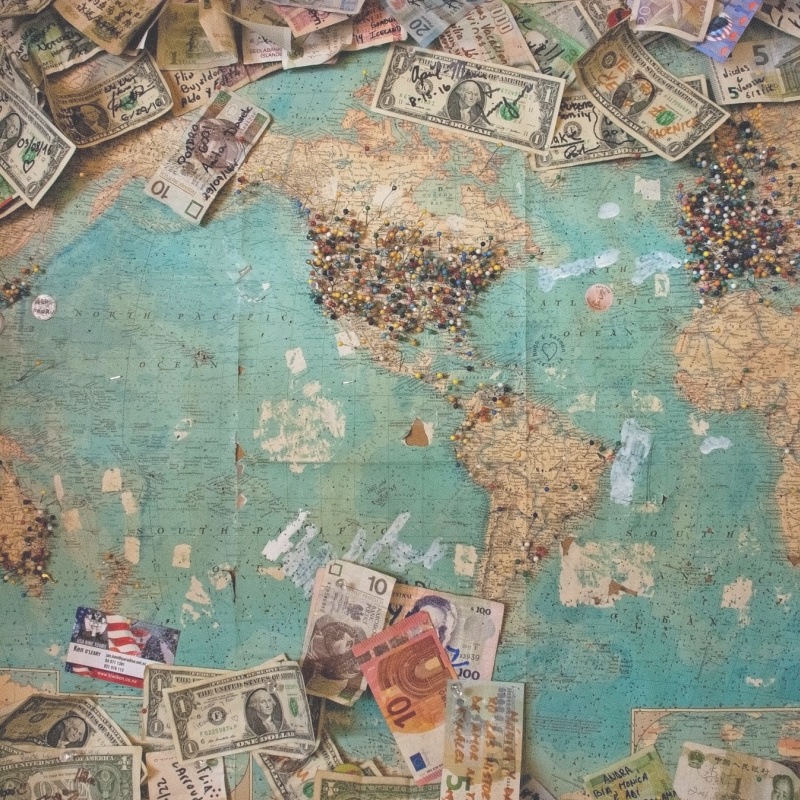
In my opinion, the most important requirement for my accommodation is a good location, followed closely by a reasonable price. Look at your map and choose a general area close to the majority of your attractions. I recommend searching Booking.com because their map feature makes it super easy to visualize where you will be staying without looking up each address individually. If you have opted to use public transportation, check to see that walking to bus stops and train stations is safe and convenient.
Also consider safety and privacy when selecting a place to stay. Read all available details about the property, the location, and the host/owner/company, and read reviews from other travelers. (Take reviews with a grain of salt, though, and use your best judgment on whether you are inclined to believe the reviewer’s experience or not.) I suggest hopping into Google Earth and snooping around the area to get a feel for the neighborhood before you commit to a place.
Expect that many places will try to sneak in extra fees on top of the advertised price. Read the fine print to find all these little gems and decide if you are okay with paying them. Remember, if a price seems too good to be true, then it probably is.
Finally, you might also consider hotel chain loyalty programs if you are a member of any of them. However I enjoy the experience of staying in new and exciting places, so I wouldn’t want to fly to a far away land just to stay at a generic chain hotel.
Also, unlike flight prices that fluctuate wildly, accommodation prices don’t usually change too much. For that reason, I like to make a decision and lock down my accommodations early on. If you are more of a fly-by-the-seat-of-your-pants kind of traveler, then you may enjoy saving this step until the last minute for a crazy adventure. But that is not my style; I’m much to paranoid.
ANCHOR
Booking Activities
After the framework of your trip is set, it’s time to start booking your most important activities ahead of time. I suggest limiting your pre-booked activities to one per day. Vacations are supposed to be fun and relaxing, and the last thing you want is to stress yourself out running from reservation to reservation with no time to breathe.
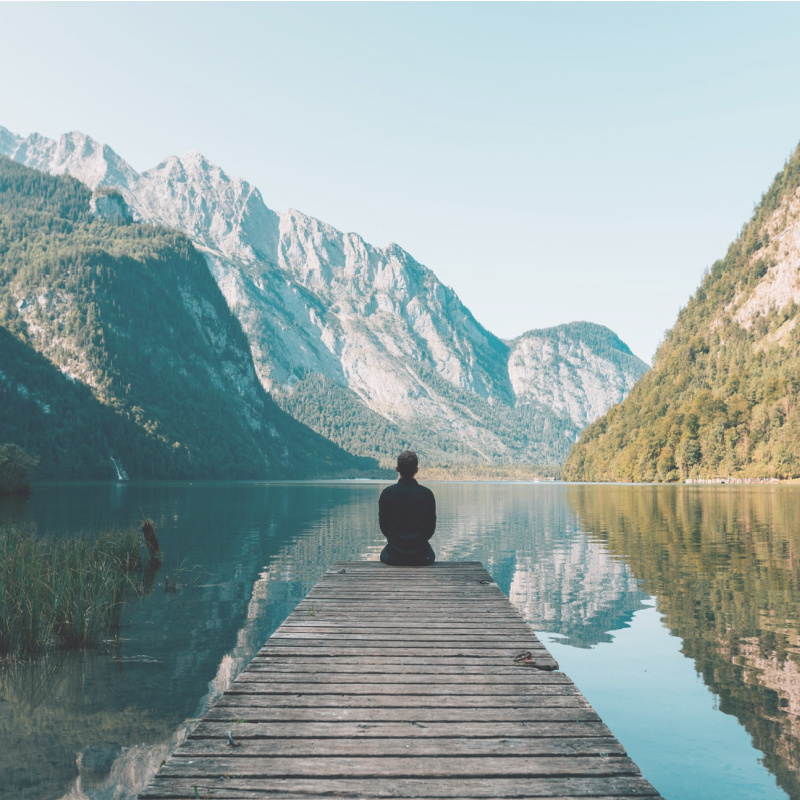
Remember when I said I’d circle back to my Notion Itinerary Builder template? Now is that time. My Notion template is where I build the final draft of my itinerary. Once again, I fill in my flight times and info. This time, I also fill in my accommodation check-in and check-out times, as well as my airport transportation plans now that I have them. Reference your draft itinerary and book your activities in order of desire. Get the ones you really want done first, because as you know, sometimes you can’t get a reservation precisely when you would like it.
Add your reservations into your final itinerary as you book them. Also, now is a good time to block out time for sit-down meals at specific restaurants. Oftentimes restaurants won’t accept reservations months or weeks in advance, so add in a little reminder that you need to call for a reservation a week or so before your trip.
Once all of the “set-in-stone” activities are on the schedule, you can easily fill the rest of the time with less structured activities. Think of these more like guidelines, rather than a schedule.
ANCHOR
Cultural Investigation & Lessons
Invest a little time learning about the people and culture at your destination. Things to consider:

How do the locals dress? | Do they dress conservatively or more freely? Do they avoid certain clothing items, styles or colors? Are there places where you must dress a certain way in order to gain admittance? The concept of “Temple Pants” comes to mind here.
What are things that locals consider offensive? | These can be words, symbols, actions, or anything else. In some countries, offensive translates into illegal, so keep that fun fact in mind.
What are some common foods and ingredients? | This is especially important if you have food allergies or if you just have a sensitive stomach. Check to see if any of your trigger foods are commonly used in your destination. If they are, find out where these foods may be lurking, sometimes in dishes you wouldn’t even think of. I would also suggest learning how to tell servers and food workers about your allergies in their language. Just the basics— “I am allergic to __________” and “Does this dish contain __________?”
Learn some commonly used phrases in the local language. | Phrases such as, “Please,” “Thank You,” “Nice to meet you,” “Where is the restroom?” and “Do you speak English?” will go a long way in helping you navigate new surroundings. Of course, you can always look these phrases up and use Google Translate, but it’s nice to show the locals that you take their culture seriously and make a little effort to speak with your brain and not just with your phone.
Learn about the local currency. | Familiarize yourself with the bills and coins that you will be handling so you can be sure that you’re able to count and pay accurately and confidently. Also, know the current exchange rate at the time of travel so you will know if you are getting a fair deal when exchanging money.
ANCHOR
Planning Your Packing List
I am a firm believer that packing shouldn’t be an afterthought. Planning what you’ll pack is as important as planning the trip itself. I keep a Master Packing List in Notion that I use as a starting point for all of my packing lists that I customize for each trip’s needs.
Duplicate and customize your packing list
My Master Packing List contains everything I’ll ever need for a 9 day trip in the summer or winter. When you’re planning, it’s always easier to delete what you won’t need, rather than try to think of more things that you may need. I duplicate my gargantuan list, and then go through and jettison what I won’t need for this particular trip.
Copy my Master Packing List here ➢ Master Packing List Notion Template
Clothing
Have a look at the average temperature and weather patterns for your location during your month of travel. Even if your trip is months away and precise weather forecasts aren’t available, you’ll at least know what sort of weather is probable. Also consider what activities you’ll be doing and what cultural norms are like. By planning your packing list early, you’ll have plenty of time to shop for items you don’t already own. You may even be able to get a better deal by shopping sooner rather than later.
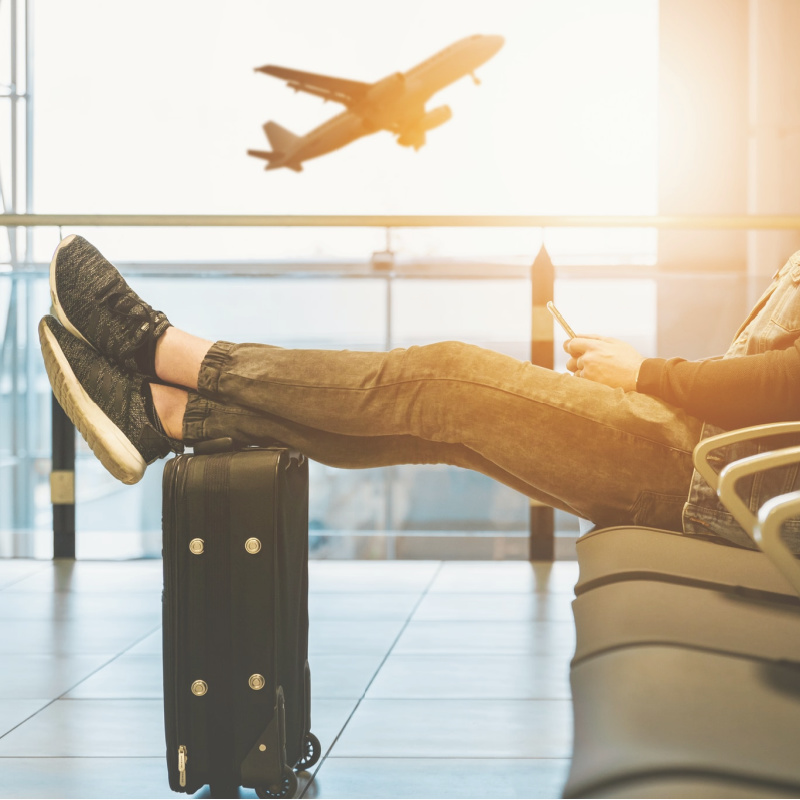
Electronics
Electricity works differently around the world. Figure out which electronic items you must take with you, and check to see if the voltage is compatible with your destination. If it’s not, then add a voltage converter to your packing list. If you don’t already have a voltage converter or plug adapters, now is the time to look for them on sale.
Medicines and toiletries
Research the legality of your prescription medications at your destination. | Knowing the laws surrounding your specific prescription medications is especially important. Even OTC medications that are totally innocuous where you live may be no-no’s where you are headed. I am not an expert in this field, and I found this article from the New York Times helpful in assessing what I can pack or not pack.
Do a quick online search for the local versions of your favorite OTC medications. | Sometimes medications are carried under a different brand name or in different doses. Write down the generic drug name (i.e. “acetaminophen” instead of “Tylenol,”) and the dose you are used to. This will help you identify what you need in a foreign pharmacy. You could also go a step further and save a photo of the equivalent local medication so you can easily identify it on a shelf.
Know which items are unavailable or difficult to come by. | Tampons are a common example. These are sold everywhere in my home country and you’ll never have trouble purchasing them if necessary. But that’s not to say that it’ll be that easy everywhere you go. If you have a specific product that is important to you, either plan to pack enough or make sure you can find it at your destination.
Miscellaneous items
Now is also the time to think about any other items you’ll need for a specific activity or event. I recommend using your itinerary as a guide. Go through your itinerary hour by hour and think about what items you’ll need to wear, carry and use, and create a running list. Add them to your packing list, and if necessary, your shopping list.
ANCHOR
Planning Logistics & Money
These are arguably the least fun tasks when planning a trip, but having these in order will make your trip run a whole lot smoother.
Cell Phones
Find out what your current cell phone plan offers in terms of international calls, texts, and data, and upgrade if needed. You definitely don’t want to be stuck without use of your cell phone in a foreign country. If costs are an issue, consider purchasing an inexpensive phone plus a pre-paid SIM card to use while you are there. TBH, I’m not the most knowledgable on this subject, so even I’ll have to do a bit more research on this one.
Credit Cards
Love them or hate them, credit cards are an important part of an effective travel kit, and you don’t want to be caught without one. Personally, I carry around four different credit cards when I travel, and I leave the rest at home. When selecting which credit cards you will travel with, consider these points:
- Each card carries no foreign transaction fees, if you are traveling internationally.
- Each card offers a distinct benefit that warrants carrying it, such as a travel or dining multiplier, or hotel status.
- Your card choices are as varied as possible. Select cards from different banks (Chase, Citi, etc.) and different card networks (Visa, Mastercard, etc.). Just in case there is a problem with one of them, you’ll have backups.
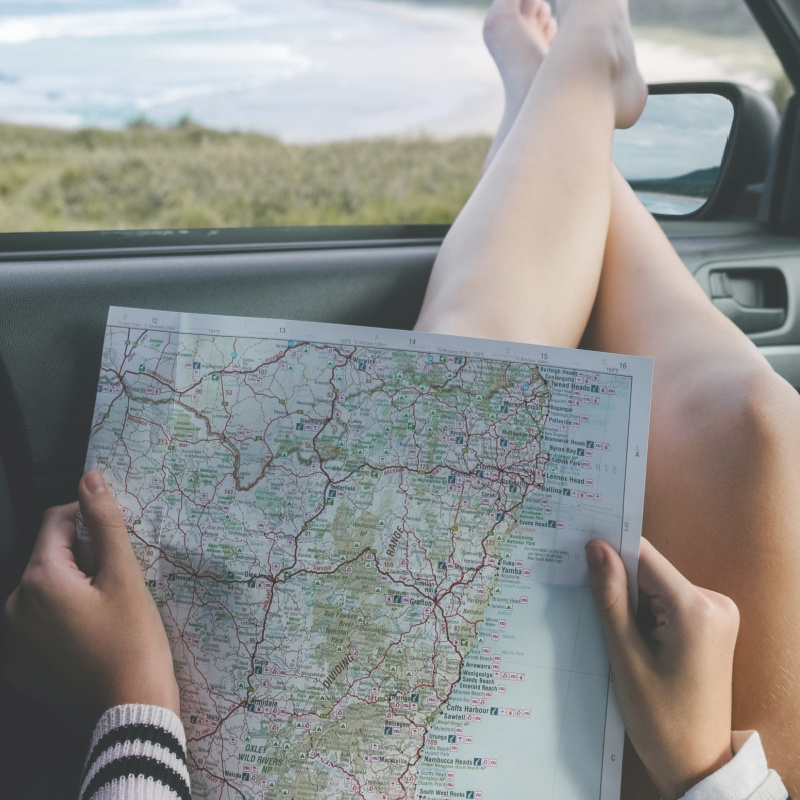
Cash
Plan where you will be able to withdraw cash and exchange currency. If you use a small credit union or local bank for your day-to-day transactions, consider opening a checking account with a national bank that you’ll use just for travel. National banks offer larger ATM networks, more reliable mobile banking, and more accessible customer service in case of problems.
Traveling with large amounts of cash is risky, so I recommend keeping not more than a few hundred dollars with you at any given time. And again, it is important that you know the currency exchange rate at the time of travel.
Health & Travel Insurance
Insurance feels like just another worthless extra cost, that is until you need it. Carefully examine the limits on your health insurance plan to see what is covered or not covered when traveling. Travel insurance can also be helpful to recoup costs if you are unable to travel as scheduled for some reason. Several premium travel credit cards offer a basic form of travel insurance as well as (extreme) emergency medical coverage, so you can look into that and determine if you feel that coverage is sufficient.
VPN
Even when you aren’t traveling, you should have a VPN available for whenever you are using a public WiFi or conducting personal business online. I use NordVPN at home and on the road. I’m sure you’ve heard the spiel about VPN’s being amazing for hacking Netflix, which is a nice perk, I suppose. But more importantly, you definitely want to protect your private information when you are traveling and connecting to whatever WiFi pops up near you.
Sign up for NordVPN Free Trial ➢ NordVPN
Documents and Pertinent Info
Create a designated digital space where you can store all of the important information pertaining to your trip in one place that is easily accessible. Yet again, I use Notion for this. I organize all of my info into one page, and then I export the page so that it can be viewed offline, and I save that file on my iPhone’s home screen. This master document contains things like my flight and hotel information, my itinerary, and photocopies of my passport, driver’s license, and credit cards.
A few very important documents, such as a backup photocopy of your passport, warrant a hard copy printed on paper. I try to keep papers to a minimum, though.
Emergency Contact Info
Emergencies happen, and you need to have the right information to get help. Create an emergency contact document containing the names and phone numbers of several contacts you or someone else could call in an emergency. Add a photo of your health insurance card, and notes about any medications you rely on, allergies or chronic conditions you may suffer from. Print this concise document and carry it in your handbag at all times.
BTW, don’t forget to let your contacts know the gist of your travel plans and that you have listed them as an emergency contacts.
ANCHOR
The Weeks Surrounding Your Trip
Working out the days before your trip and after your return ahead of time works wonders for making your vacation THAT MUCH more enjoyable. Your vacation doesn’t exist in a vacuum, and the world is still turning even when you are away without a care in the world. Which means there will be things you need to deal with before you leave and immediately when you return, so why not set yourself up for success now?
List everything that must be done before your trip. | Work projects and deadlines, household responsibilities, bills, etc. Get it all down in one place and keep your list visible as your trip approaches.
Plan for your return. | Avoid post-vacation blues by having your household sorted out before you leave. This way, everything is fresh and ready to go when you arrive home. Hit the ground running with a refreshed attitude, rather than spend a week playing catch-up.
Read my article all about my Pre-Travel Checklist. | In this post, I go in-depth about all the tasks I like to do before I travel so I know I have all my ducks in a row.
How to enjoy *planning* a vacation as much as you enjoy *going* on vacation! Share on XThat’s all for now!
If you enjoyed this post, be sure to check out this one ➢ 10 Well-Lifestyle Tips That’ll Help You Avoid Getting Sick on Vacation || How To NOT Get Sick While Traveling
If you find this post interesting, informative, or just plain entertaining, tell me about it in the comments below! And don’t forget, sharing is caring. Share this post!
Till next time. ♥︎
Sign up for my free monthly e-journal, The Millennial Maven Love Letters for exclusive content + millennial inspiration and lifestyle hacks. Plus get instant access to my library of on-the-go style downloads!
Pin This Post
FTC- Not sponsored by any brands mentioned. I purchase all products myself. All opinions are my own. Some links may be affiliated.

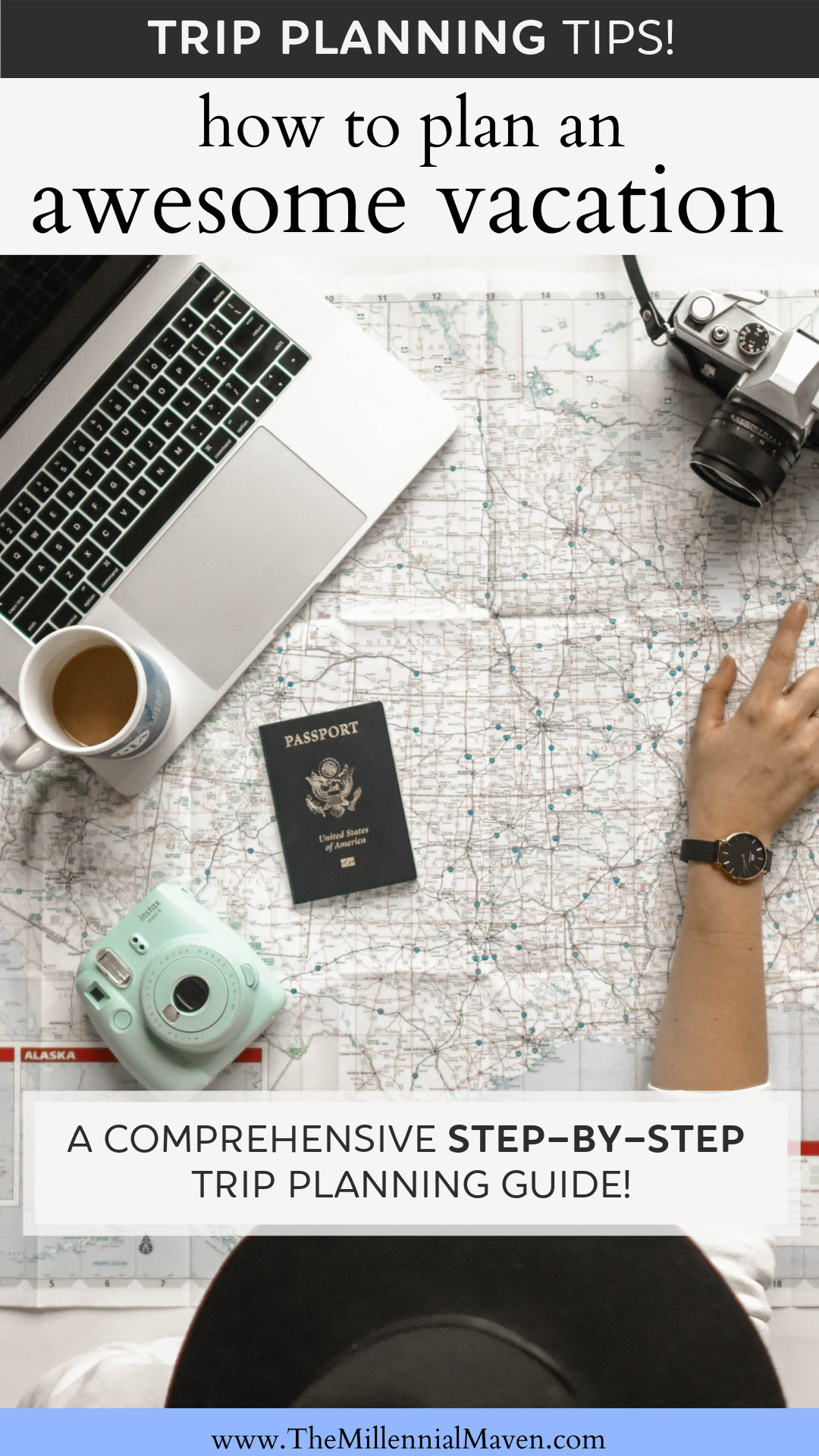
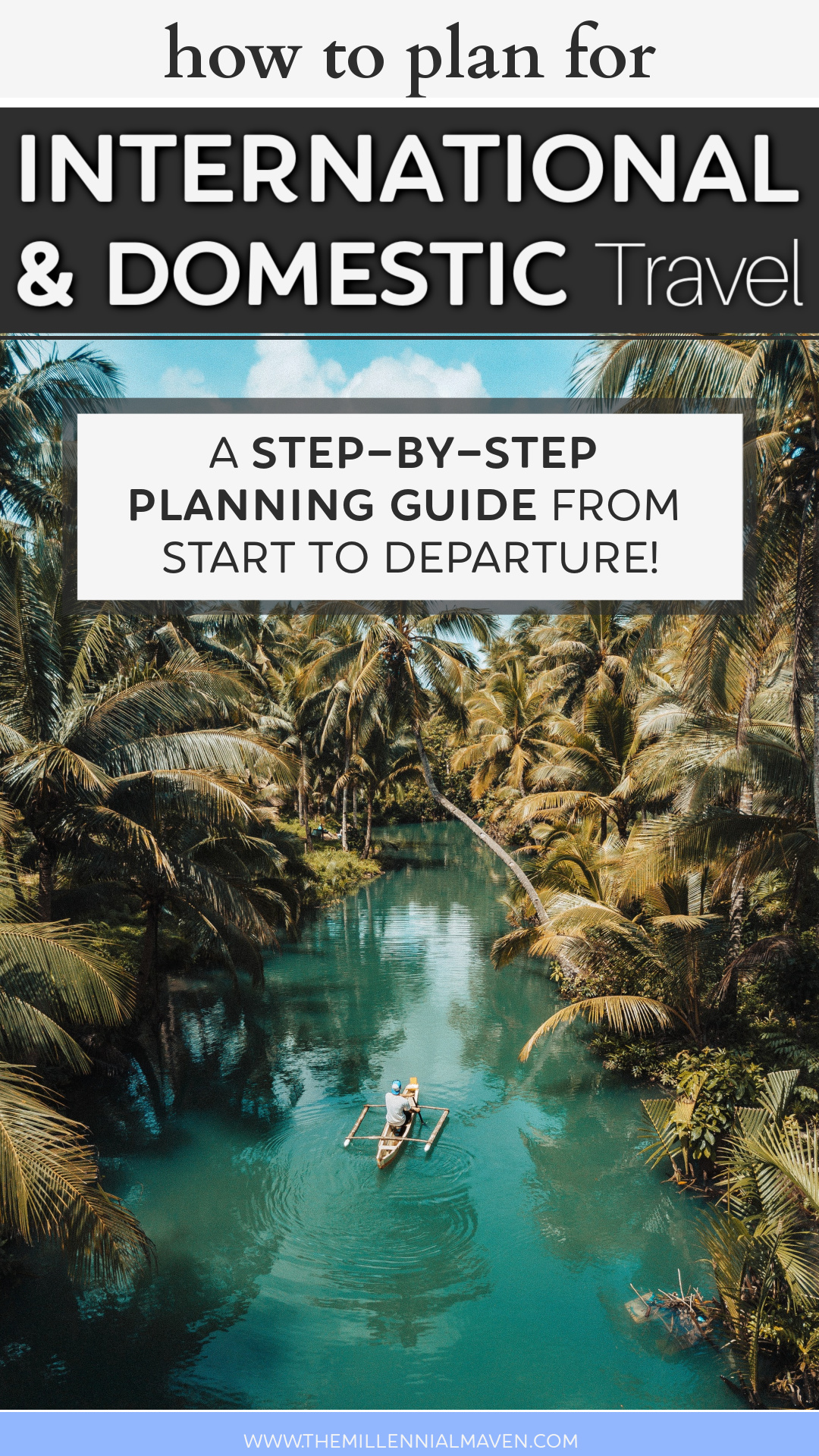
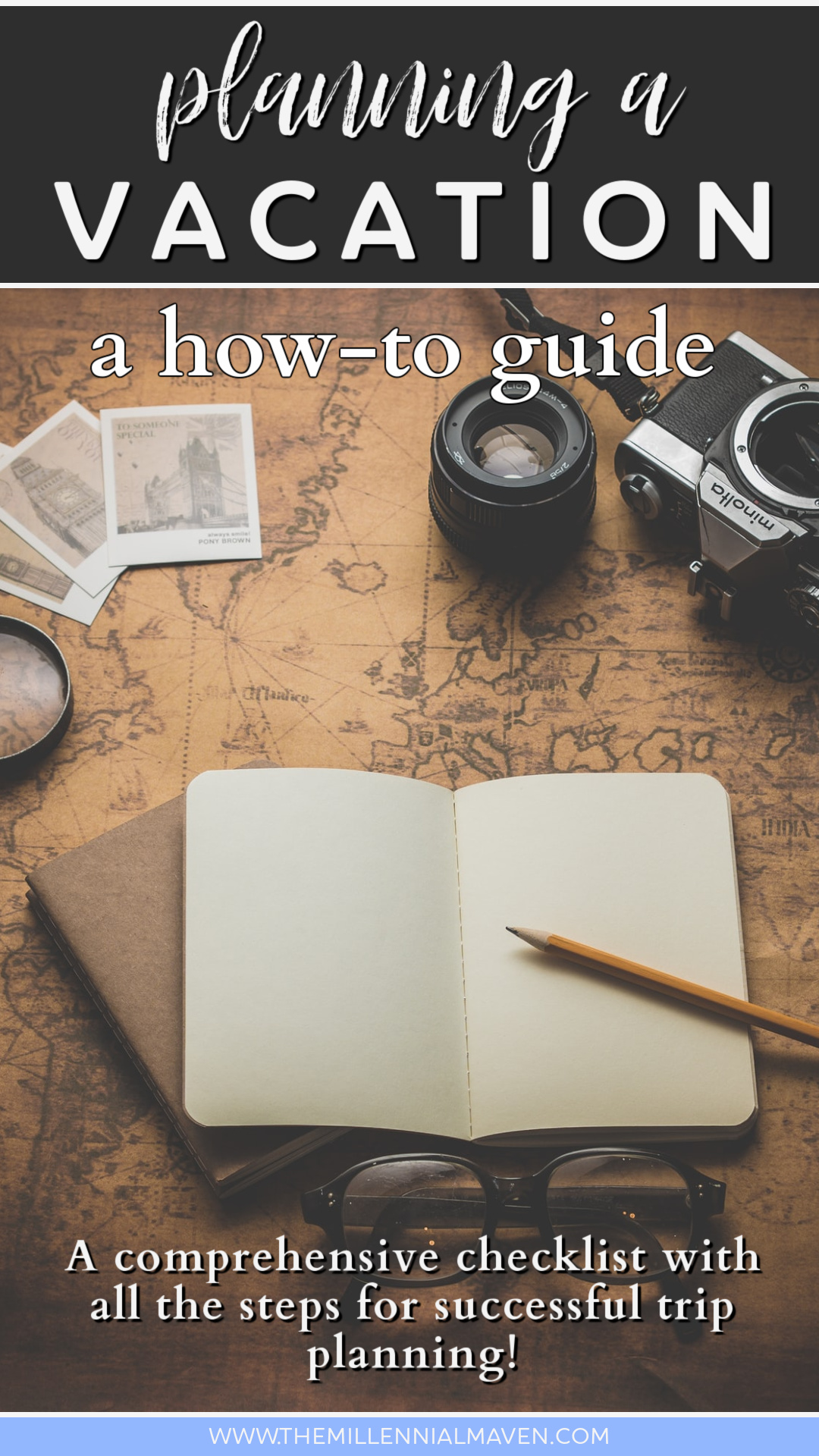
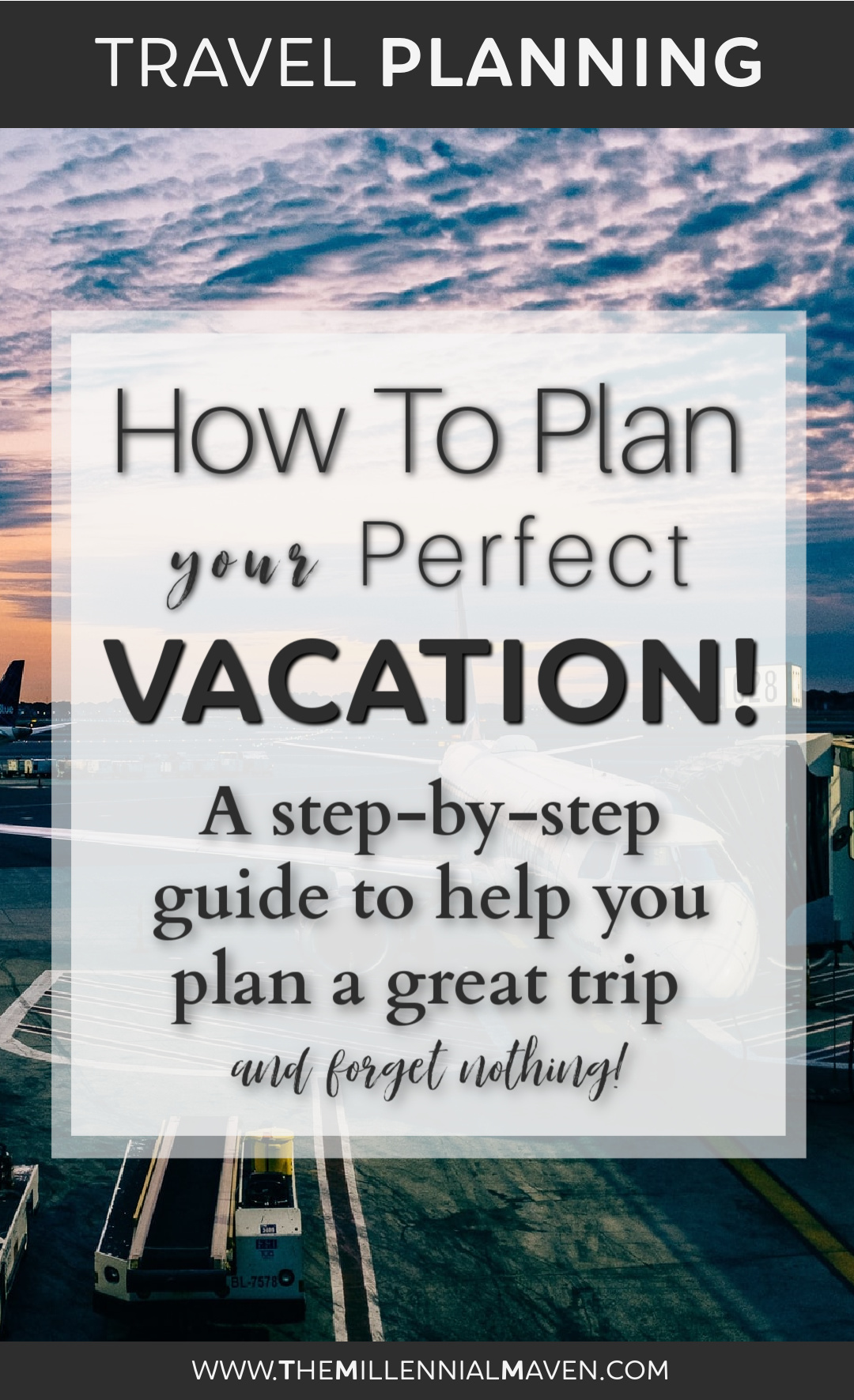
Leave a Reply